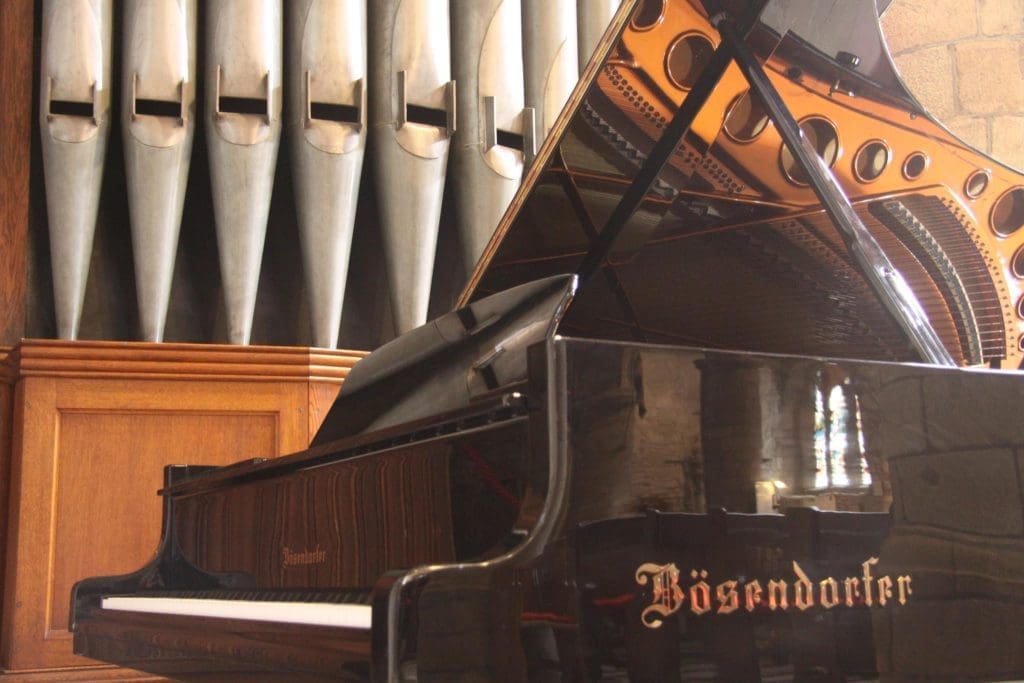Sunday Music
Music plays an integral part in the worship at St Machar’s with a full choir and a fine pipe organ at the service on Sunday morning.
The Organ
There was most probably an organ at the Cathedral in pre-Reformation times though we have no direct evidence. The splendid three-manual organ presently in place was built by Willis & Son. in 1891.


